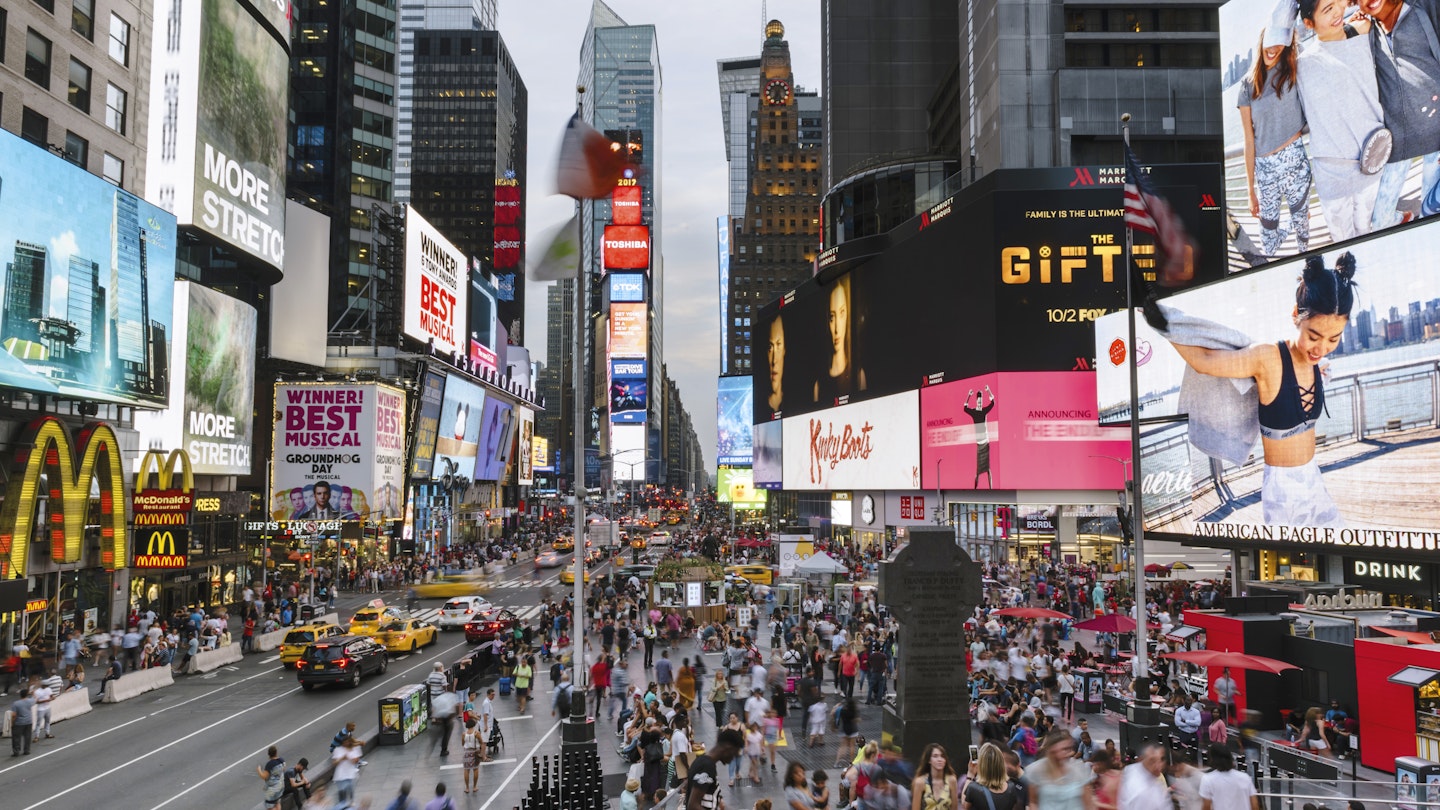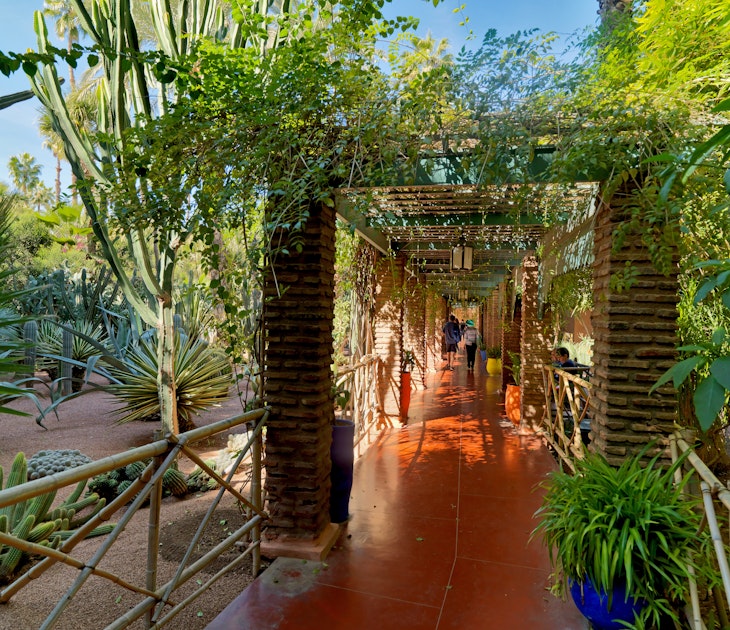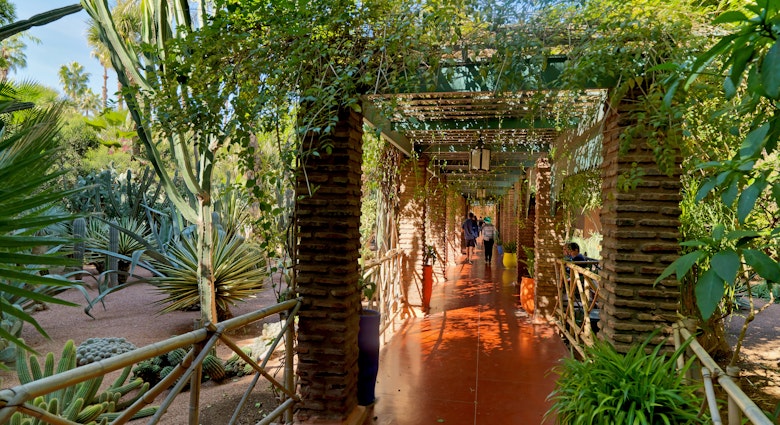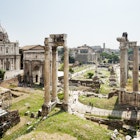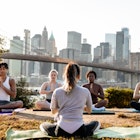It’s a well-accepted travel truth: some destinations are even more impressive in person than they seem to be in photos and video, and others fail to live up to their billing.
But for every Grand Canyon – breathtaking in scale and scope, a real gut-punch upon first glance, no matter how many times you’ve seen it in books or online – there’s a Times Square, frustratingly crowded and criminally overhyped. From Rome to Beijing, here are seven places that don’t need to be shoehorned into your itinerary – and where to go instead.
1. Times Square – New York City
Between the Statue of Liberty, the Empire State Building, and Rockefeller Center, New York is home to a number of attractions that are arguably better admired from afar than up close, and Times Square, with its maddening crush of gawping out-of-towners, is perhaps the best example. If you can’t resist seeing what the hype is all about, pass through at night when the neon glitz is in full effect... and then make like a local and get out as fast as you can.
The alternative: Go gallery-hopping in Chelsea, catch a show in Williamsburg, graze your way through the Lower East Side, or simply take a stroll through Central Park – really, anywhere but here.
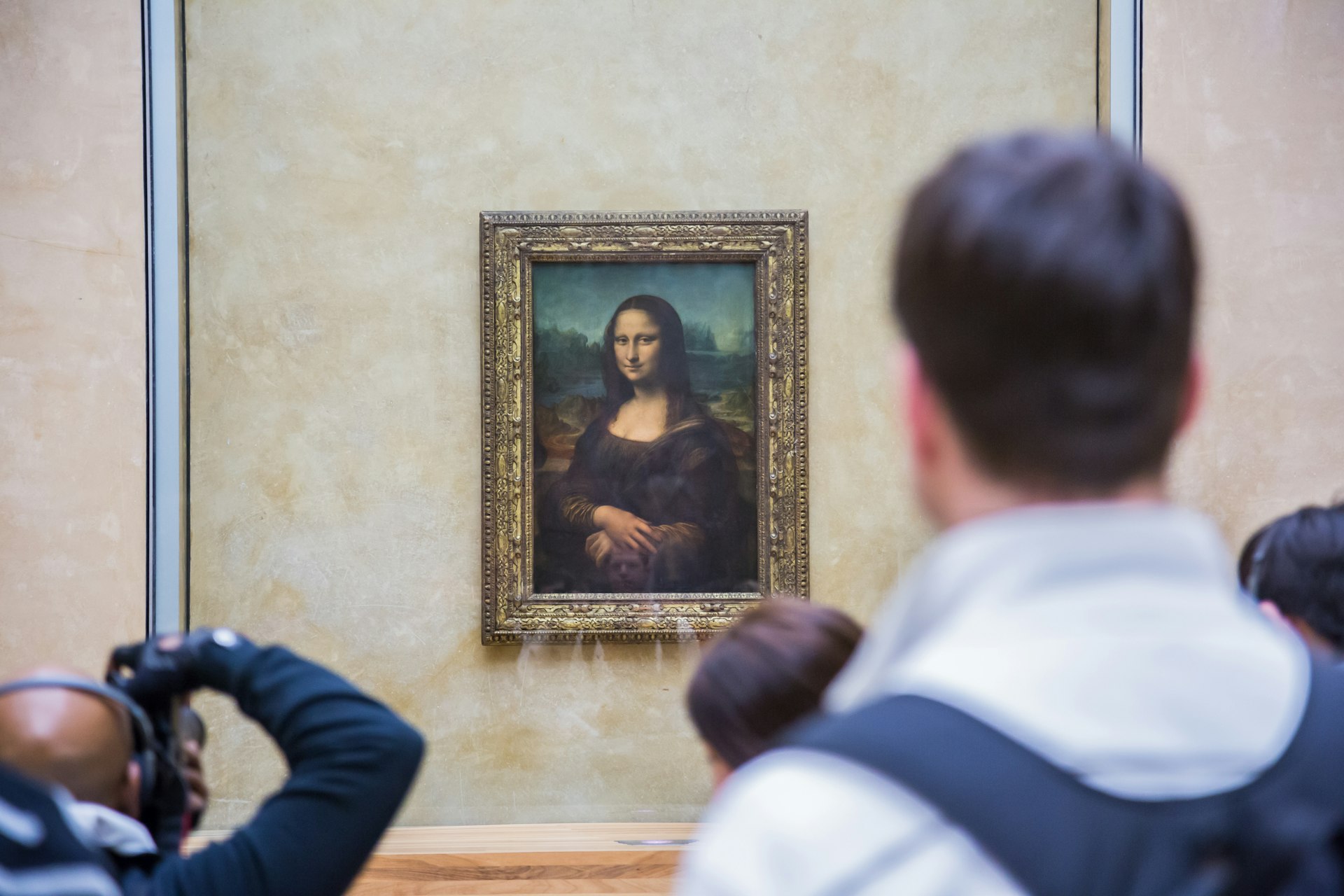
2. Mona Lisa at the Louvre – Paris
Last year, a survey revealed that some 1700 Britons consider the Mona Lisa the most overrated tourist attraction in Europe – a harsh assessment but probably a fair one, especially if you’re visiting just to see that enigmatic smile in person. The Louvre has other treasures in its collection, both lesser-known and highly acclaimed, but the crowds pile up in front of Da Vinci’s iconic work, and it can be tough to catch an unobstructed glimpse – though to be honest, there isn’t much to differentiate the original from the reproductions you’ve seen a gazillion times.
The alternative: Instead of jockeying for space in front of the painting and then calling it a day, broaden your approach: Beyoncé and Jay-Z filmed the video for their song “Apeshit” at the Louvre in 2018, and the museum has a visitor’s trail that hits the highlights, so you’ll spot the star attraction plus a host of other notable pieces as well.

3. Trevi Fountain – Rome
The waterworks made famous by Fellini’s La Dolce Vita and Frank Sinatra’s “Three Coins in the Fountain,” the Trevi is one of modern-day Rome’s most beloved sites – and it has the fanbase to match. Swarms of tourists make the pilgrimage to toss in their loose change on a daily basis, creating gridlock in the small piazza, causing damage to the fountain, and bringing out the touts and pickpockets who prey on those preoccupied with sightseeing and photo ops.
The alternative: To beat the crowds, go at sunrise or after dark when the lights show off designer Nicola Salvi’s skills, or focus on Rome’s other masterpieces instead, like Bernini’s Fontana del Tritone, Fontana dei Quattro Fiumi, and St. Peter’s Square at the heart of Vatican City.
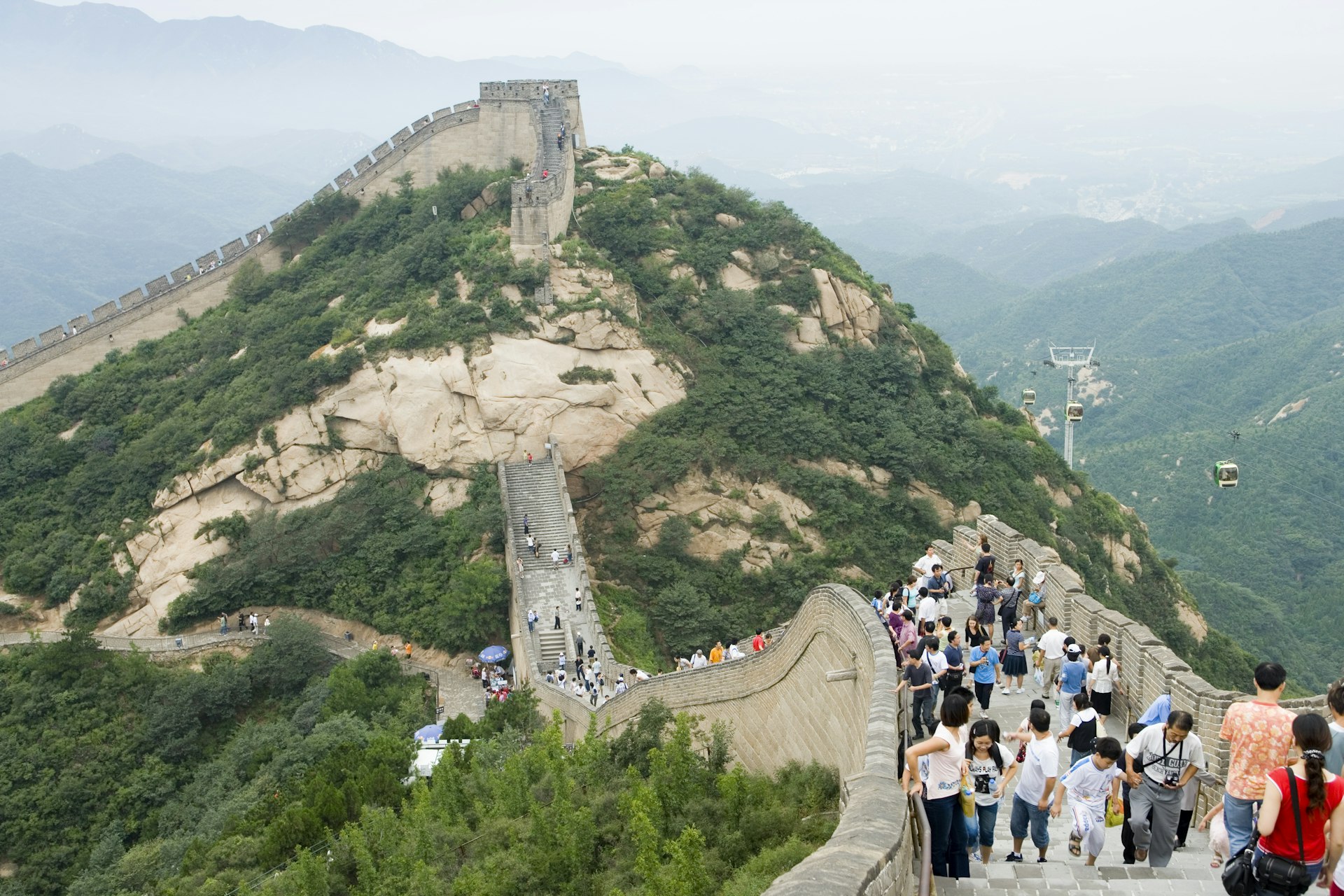
4. The Great Wall of China
When the Badaling section of the Great Wall reopened in March after months of shutdown, it was hailed as a sign that the coronavirus tide was slowly but surely turning. The Unesco World Heritage site is now operating at a limited capacity, but before the pandemic struck, that stretch of the Wall looked more like a tourist trap than one of the New 7 Wonders of the World. “These days,” Lonely Planet’s Tom O’Malley writes, Badaling ”feels like a tacky ski resort with its cable cars and souvenir stands,” and other sections near Beijing, like Mutianyu, Jinshanling and Simatai, suffer the same fate.
The alternative: It’s a bucket-list destination, so don’t skip it entirely; instead, venture away from China’s capital and link up with a hiking group for a more intimate, less tame approach.
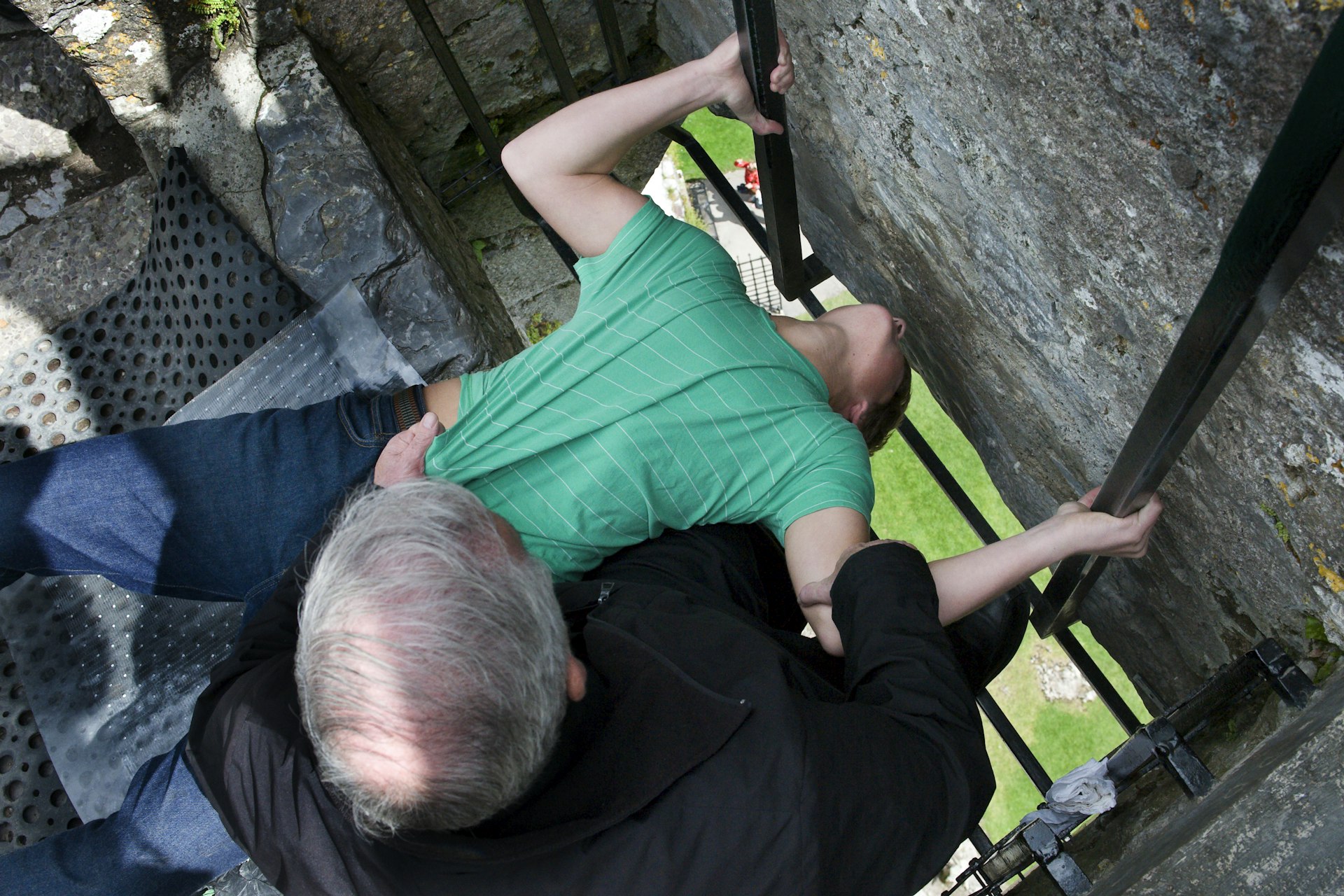
5. Blarney Stone – County Cork, Ireland
Bending over backwards to plant one on a piece of rock that millions of other lips have touched has never been a tradition for the squeamish or germaphobic, especially considering that the potential payoff is just receiving the gift of gab (and catching some pretty nice views of the surrounding countryside from the castle walls). But busloads of people pass through and pucker up each day, and after a brief three-month ban, kissing the Blarney Stone is allowed again – a much less appealing proposition mid-pandemic, even with social distancing, mandatory PPE, and a bevy of stringent cleaning protocols in place.
The alternative: If you must visit a stone of some sort, the Rock of Cashel – a sprawling ancient fortress with a Gothic cathedral, Romanesque chapel, and beautiful views of Tipperary – is the way to go.

6. Four Corners Monument – Southwestern US
A gimmicky designation for the only place in the US where four states meet at a single point, the Four Corners Monument marks the shared border between Arizona, New Mexico, Utah and Colorado – inaccurately, for the record. The Navajo Nation Tribal Park is currently closed until further notice due to COVID, but aside from a market selling native artwork and the monument itself, a quartered circle embedded in the ground at the states’ intersection, there’s not much here anyway, including water or electricity.
The alternative: Explore the four states themselves – in northwestern New Mexico, Chaco Culture National Historical Park highlights the remnants of an ancient civilization; in southwestern Colorado, Ute Mountain Tribal Park features petroglyphs, cliff dwellings, and other archaeological sites; southeastern Utah’s Hovenweep National Monument boasts six prehistoric Puebloan villages perched on canyon rims; and in northern Arizona, the vibrant sandstone formations of Monument Valley Navajo Tribal Park lend an otherworldly air to the landscape.
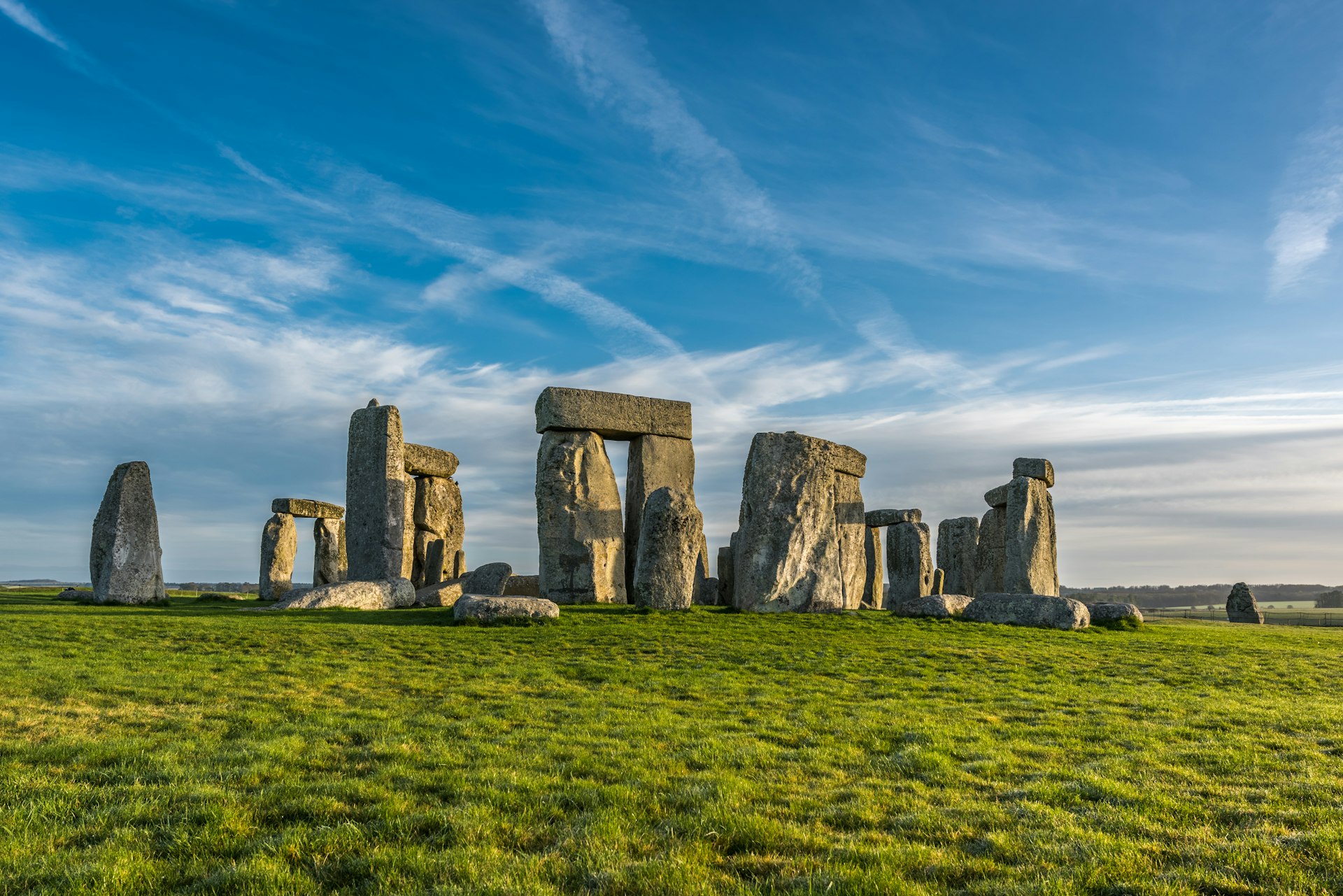
7. Stonehenge – Wiltshire, England
A two-hour drive from London, England’s seminal stone circle is a major stop on the tourist-bus route, receiving more than a million visitors a year, so unless you spring for one of the small-group experiences before or after normal business hours, you’ll be making your way around the mysterious sarsens with plenty of company – and that’s not exactly the most nurturing environment to foster a mystical connection.
The alternative: The UK has a plethora of neolithic stone structures, from Cornwall’s Merry Maidens to Pentre Ifan in Wales, all less-visited than Stonehenge, and there are numerous ancient sites around the world with similar connections to the equinoxes and solstices, including Mexico’s Teotihuacán and Spiro Mounds in Oklahoma.
You may also like:
Alternative destinations to escape the crowds in Western Europe
10 secret spots in popular US national parks
The 'Not Hot List' reveals the world's most overlooked travel destinations
Get more travel inspiration, tips and exclusive offers sent straight to your inbox with our weekly newsletter.

